Related to ESG! The Kingdee cloud low-carbon supply chain solution is officially published
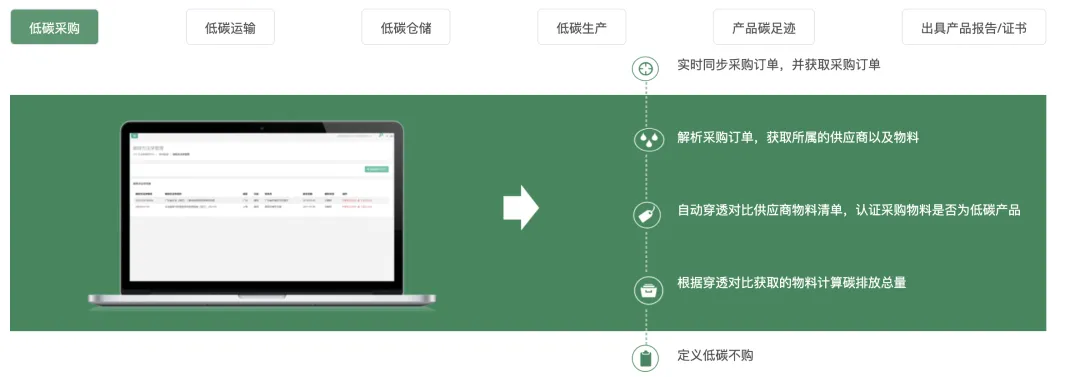
Recently, the 2024 Shanghai International Carbon Neutral Technology, Product, and Result Expo grandly opened at the Shanghai New International Expo Center. The current Carbon Expo is themed “Towards the Path of Carbon Neutrality,” featuring over 600 enterprises from 14 countries and regions, showcasing the latest advancements and future development directions in the low-carbon domain.
At this carbon expo, Kingdee officially published the Kingdee Cloud Low-Carbon Supply Chain Solution, helping enterprises achieve carbon monitoring, carbon analysis, and carbon neutrality, fully fulfilling their dual carbon social responsibilities, enhancing ESG performance, and gaining sustainable business benefits. Senior supply chain expert Li Renpeng from Kingdee attended the current meeting and gave an excellent presentation on the theme of “Kingdee Cloud: Integrated Management of People, Finance, Assets, and Carbon.”
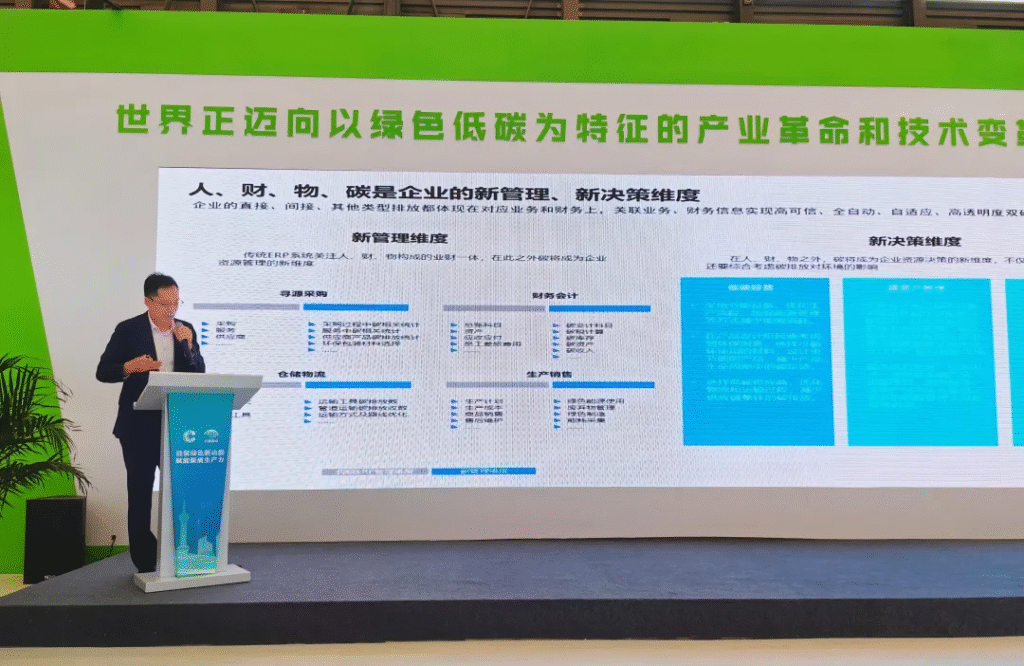
1.Low carbon emission reduction has become a “required course” for large enterprises.
Achieving “carbon peak, carbon neutrality” and sustainable development involves profound changes across various domains of the economy and society. On April 12, the Shanghai, Shenzhen, and Beijing stock exchanges officially published the “Guidelines for Listed Companies’ Sustainable Development Reports,” to guide and regulate listed companies in publishing their “Sustainable Development Reports” or “Environmental, Social, and Corporate Governance Reports.”
As the market’s attention to ESG increases, ESG disclosure is becoming a necessary option for corporate image, financing, and supervision. As of the end of 2023, a total of 1,020 listed companies on the Shanghai Stock Exchange have disclosed ESG-related reports, with a disclosure rate of 47%.
In February of this year, Premier Li Qiang signed State Council Order No. 775 of the People’s Republic of China, the “Interim Regulations on the Management of Carbon Emission Trading,” which will take effect on May 1, 2024. In addition to ESG-related disclosure requirements, domestic companies must provide product carbon footprints in order to meet the EU’s import standards, making carbon management one of the necessary conditions for corporate globalization.
2.Kingdee Cloud “Low Carbon Supply Chain” Scheme Publish
Strengthening the disclosure of sustainable development information such as carbon emissions helps to improve the quality of listed companies, guiding various elements to cluster in the field of sustainable development, and further creating industry clusters with sustainable investment value. However, companies need to invest a significant amount of time and resources to “take stock” of their carbon emissions. How to clearly grasp the carbon emission data information of the enterprise in the supply chain, and how to efficiently and agilely achieve carbon emission management, statistics, and disclosure based on the existing information system is a challenge that many listed companies need to face.
Against this backdrop, the Kingdee Cloud “Low Carbon Supply Chain” Solution has emerged. Kingdee Cloud’s “Low Carbon Supply Chain” solution is based on the principles of reduction, reuse, and recycling. It delves into the dual carbon business scenarios of enterprises, planning the dual carbon management path for companies. This creates a closed loop of dual carbon path planning + corporate carbon inventory + carbon reduction measures analysis, achieving full lifecycle management of the dual carbon for enterprises.
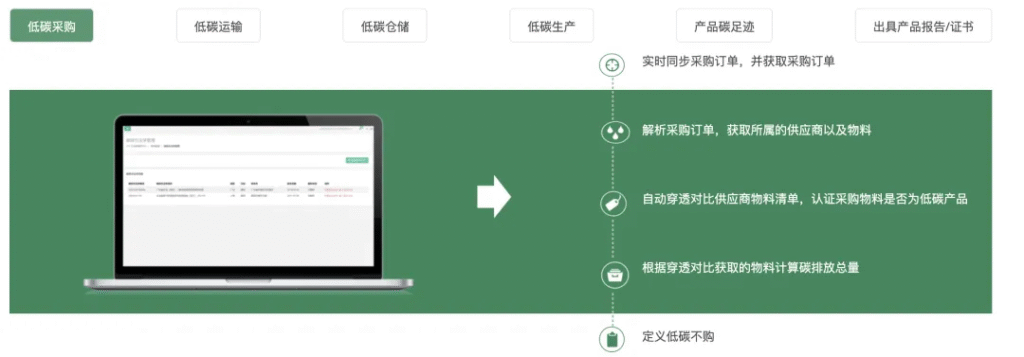
1.Supplier Material Management: Score suppliers based on the Supplier’s green evaluation system to provide a basis for the enterprise to select suppliers. Maintain the relationship between the Supplier and the materials they can provide, to create favorable conditions for the subsequent other stages of traceability.
2.Supplier material carbon footprint: Maintain different versions of the carbon footprint report certificates, carbon footprint values, validity periods, and issuing institutions for suppliers’ available materials, providing a basis for identifying whether the materials are low-carbon and green.
3.Low Carbon Purchase Order: Synchronize third-party system orders or create new ones, retrieve based on the purchased materials of the order and the corresponding suppliers, match the carbon footprint, to determine whether this procurement is low-carbon green procurement.
4.Transportation carbon emission statistics: Synchronize the third-party system’s transport order or create a new one. Based on the material load of the transport order, the transportation distance, and the directly collected fuel consumption, calculate the carbon emissions for the transportation segment.
5.Carbon emission statistics for production: Synchronize with third-party systems, or create new entries for the consumption of raw material inputs, fossil fuels, and energy sources, both direct and indirect, during each process of product production, as well as the product output, to calculate the carbon emissions in the production stage.
6.Recycling and Disposal Management: When synchronizing with third-party systems or creating a new product’s recycling disposal, the estimated weight is calculated based on the product’s carbon emission coefficient, the disposal method, and the consumption of direct and indirect emission sources used during the disposal process to determine the carbon emissions in the recycling disposal phase.
7.Carbon Footprint Template: Organize the entire product lifecycle stages, define the product lifecycle template, and clarify the boundaries of the product’s carbon footprint.
8.Carbon footprint calculation: According to the defined carbon footprint template, generate the calculation method for the product’s carbon footprint. Based on the product’s lifecycle stages, retrieve the carbon emissions from the stages of purchase, transportation, production, and recycling disposal, and calculate the product’s carbon footprint.
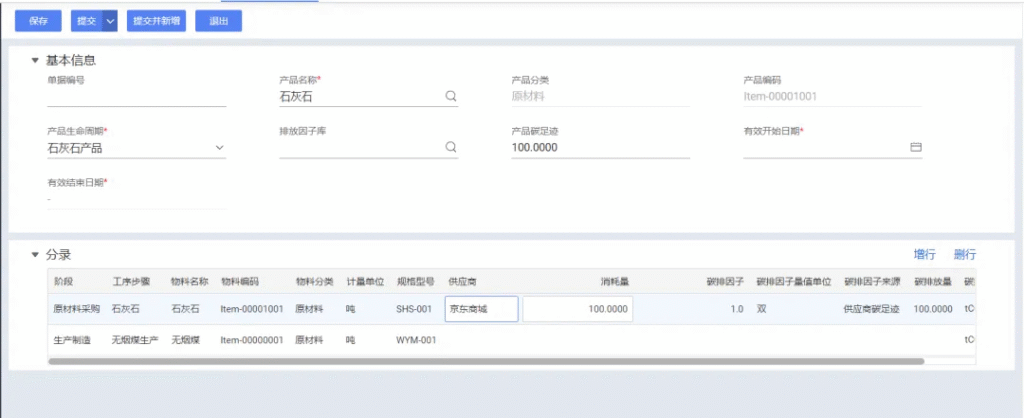
9.Carbon Footprint Reports: Define a carbon footprint report template for products, based on the calculation results of the carbon footprint, to disclose the carbon information of the company’s products.
10.Carbon Footprint Reports Database: Collect and centralize the product carbon footprint reports issued by enterprises, supports multiple screening conditions to query carbon footprint reports, and allows for online preview and download of carbon footprint reports.
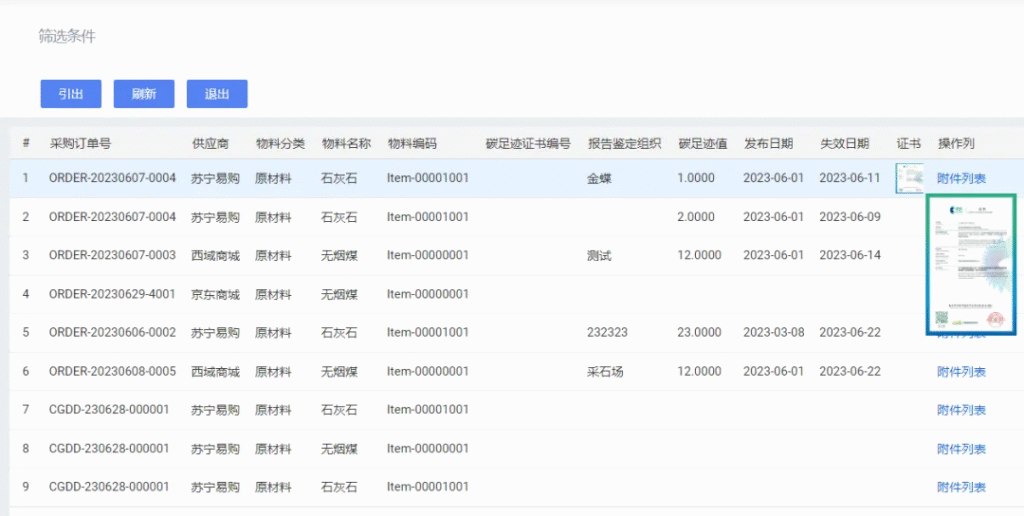
11.Statistical Analysis: Collect and centralize the product carbon footprint reports issued by enterprises, supports multiple screening conditions to query carbon footprint reports, and allows for online preview and download of carbon footprint reports.
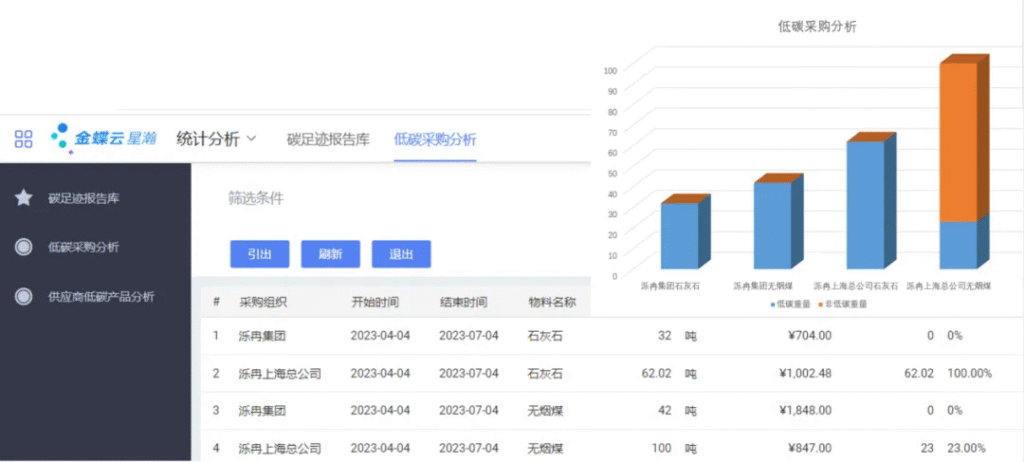
12.Basic Data Management: The basic data includes industry, carbon labels, carbon emission factor library, reporting templates, and emission equipment, which are the foundation for supporting the operation of low-carbon supply chain applications.
This time, Kingdee publishes the Kingdee Cloud Low-Carbon Supply Chain Solution, helping enterprises achieve carbon monitoring, carbon analysis, and carbon neutrality, fully fulfilling their dual carbon social responsibilities, enhancing ESG performance, and thereby obtaining genuine long-term sustainable business benefits!

